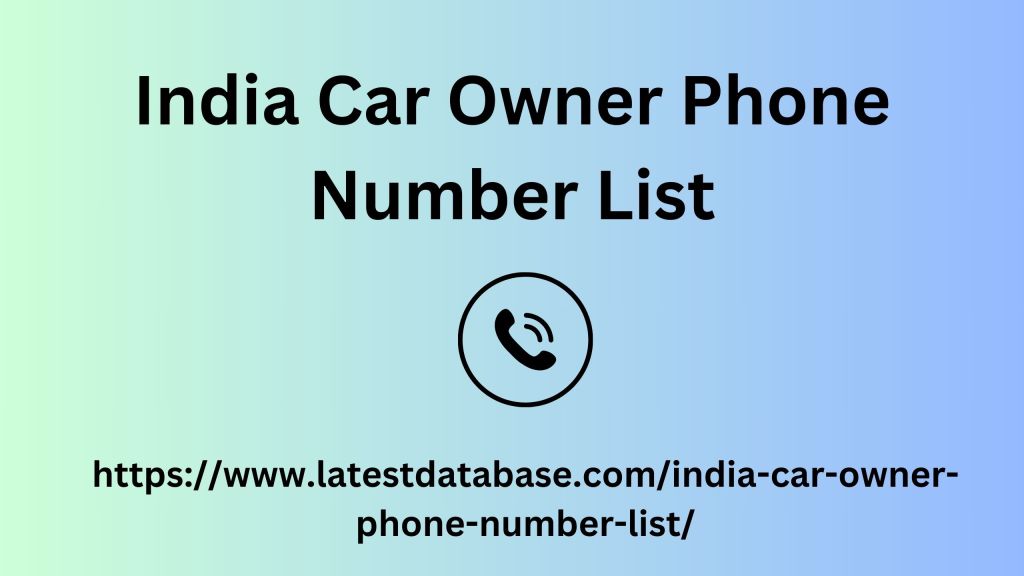|
|
Now it’s time to introduce everyday content. You are probably aware that there is a lot of effort involved in regularly creating new (good) content - and perhaps that is also a reason why you are delaying the start. But it's like everything in life, at some point you just have to start and then the rest won't be so difficult. Every successful blog post from coffeecircle.com (an online coffee and accessories store that understands what content marketing is) and every breathtaking video from Red Bull started with a single reader or viewer at some point. And even with these companies, not every post went through the roof right from the start - they picked it up slowly and learned from their user reactions.
That's exactly the point: the longer you do content marketing, the more you can learn India Car Owner Phone Number List from the content you publish. In everyday content life, you will quickly notice that the following five steps are repeated regularly. These steps form the content cycle and help you to continually develop your strategy and tailor your content even better to your (potential) customers in each new round. happens in the individual phases. 1. Plan content Content Marketing Cycle Step 1: Plan content Many people underestimate the amount of time and pressure that goes into regularly designing new content. Finding ideas is usually the biggest hurdle. There are many sources of inspiration for finding topics in content marketing , such as forum posts, related search queries or even competing magazines.

But the best thing is to have direct contact with your target group - just ask customer service: What kind of content do your users want? Which problem solutions will help you? Your entire team can also help with collecting topics – simply create an ideas board and get your employees on board. You can then evaluate all the inspiration and assign it to your editorial plan - no one wants to read about Easter presents in December ;). 2. Produce content Content Marketing Cycle Step 2: Produce Content The authors and media designers should first be briefly briefed on their topics , because they usually did not create the editorial plan.
|
|